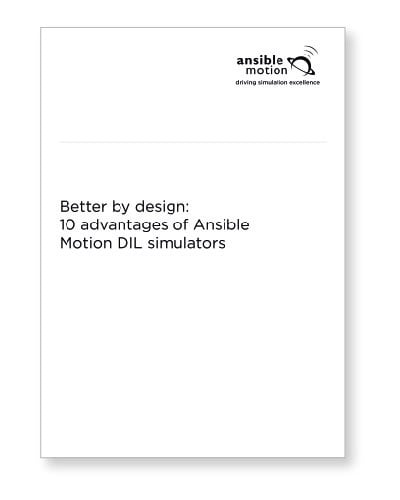 If you were in Las Vegas for the CES Show earlier this year, the one bet the automotive sector is putting its money on is AI. From the keynote speeches through to the slick car maker reveals, it appears AI has come of age for the automotive industry as a whole.
If you were in Las Vegas for the CES Show earlier this year, the one bet the automotive sector is putting its money on is AI. From the keynote speeches through to the slick car maker reveals, it appears AI has come of age for the automotive industry as a whole.
Projects such as GM’s Dreamcatcher where AI-powered generative design offered double digit weight and strength gains has long since shown what AI could do for engineers, but now it’s being touted as a pathway to improving in-vehicle customer experience.

Anyone who has ever been frustrated by an intrusive lane assist system or a distracting HMI menu, will know that before any AI algorithms are deployed, human-centric training and testing are needed to create bias-free datasets and, ultimately, marketplace acceptance. Betting the house on leaving it all to AI could have unexpected consequences. Forward thinking OEMs have grasped this, deploying Driver-in-the-Loop (DIL) simulators to inject human engagement in the design and validation of vehicles, both early and often.
DIL simulators are gaining ground for several reasons. Not only do they provide controlled, repeatable laboratory environments where AI algorithms can be trained and evaluated to enhance autonomous driving systems, but DIL simulation labs also provide an inherently safe space where edge cases – extremely important for AI training – can be explored without putting people or hardware at risk. And for any vehicle maker aiming to reduce resource consumption and hit carbon reduction targets, DIL simulators offer clear advantages over traditional testing approaches.

One might argue that nowadays the value of the human "in-the-loop" component is directly proportional to the level of intervention from the assistive component, i.e. more ADAS warrants more DIL simulation and assessment, rather than less. A study by the National Highway Traffic Safety Administration (NHTSA) found that incorporating human feedback in the development of autonomous vehicles can reduce the occurrence of critical safety events by 30 percent, ensuring a safer and more reliable deployment of these technologies.
As the capabilities of AI evolve, DIL simulation is and will continue to advance in parallel, providing full-vehicle and system-specific evaluation opportunities. The key here is recognising that human assessment and acceptance will remain at the centre of vehicle developments – and increasingly so.
Read the full article on The Engineer website.



